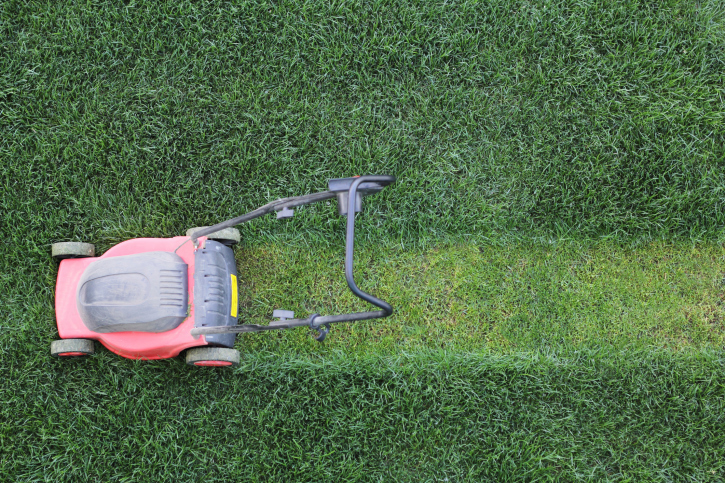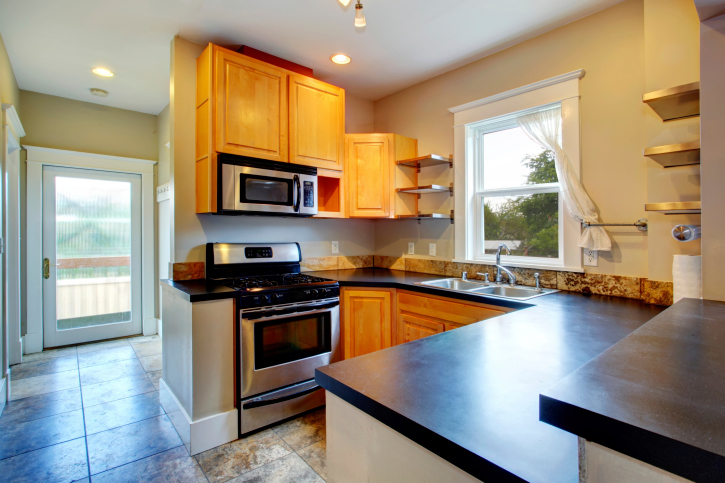Four Handy Tips for Managing Your Lawn Now That the Spring Rains Have Arrived
 In many areas, the spring months mean warmer temperatures, more sunshine and plenty of beneficial rainfall that your yard may thrive with. These are prime growing conditions for your lawn, but they can also make lawn maintenance a challenge. By following these helpful tips, you can take better care of your yard during this rainy spring season.
In many areas, the spring months mean warmer temperatures, more sunshine and plenty of beneficial rainfall that your yard may thrive with. These are prime growing conditions for your lawn, but they can also make lawn maintenance a challenge. By following these helpful tips, you can take better care of your yard during this rainy spring season.
Re-Seed or Re-Sod Carefully
The spring months are one of the best times of the year to re-seed or re-sod your lawn. If you have bare spots in your yard, these spots can turn into giant mud puddles during a heavy rainstorm that can be a true eyesore. New grass seed and fresh sod both require ample water to grow, so you can take advantage of the rain to grow new grass in your bare areas.
Mow When Possible
The sunshine, warm temperatures and ample rain can all make your grass grow quickly, and it can also make your weeds grow even faster. Mowing your lawn frequently will help you to keep the weeds from spreading seeds throughout the yard and creating an even greater problem. It can be difficult to find a time when the grass is dry enough to mow at certain times, so you may need to make mowing a priority during dry spells. This will also help you to keep your yard looking neat and tidy during the peak growing season.
Fertilize As Needed
Fertilizing the yard can also be beneficial during the warm weather season. Fertilization now can give you lush, green grass for many months to come. It can also be beneficial for you by helping to get rid of weeds that may be cropping up. Fertilizer needs water, so fertilizing before a light rain storm is a smart idea.
Avoid Walking On It
Grass can easily become damaged when you walk across it after a rain storm. It can tear the blades from the roots and create a trampled upon look that is not desirable. You can minimize damage to your yard by not walking on it until the ground has dried out again.
Taking care of your lawn may be a top priority year-round, but your focus may be drawn to it after the chilly winter months transition into warmer, wetter spring months. By following these tips, you can take better care of your yard throughout the spring and beyond.

 Updating your kitchen may be a project that you have been looking forward to for a long time. Now that the time has come to get started working on your project, you may be exploring the different materials that are available to use in your kitchen. The counter tops are often a prime focal point for a kitchen remodeling project. While there are several materials available to consider, concrete may be the best option for a number of reasons.
Updating your kitchen may be a project that you have been looking forward to for a long time. Now that the time has come to get started working on your project, you may be exploring the different materials that are available to use in your kitchen. The counter tops are often a prime focal point for a kitchen remodeling project. While there are several materials available to consider, concrete may be the best option for a number of reasons. Relocating to a new area can be exciting, but it can also be expensive. There are many resources to help, but most cost money. However, if you take your time and plan carefully, you can reduce the expense so you don’t start your new life with new debt. Here are three tips to controlling your moving budget.
Relocating to a new area can be exciting, but it can also be expensive. There are many resources to help, but most cost money. However, if you take your time and plan carefully, you can reduce the expense so you don’t start your new life with new debt. Here are three tips to controlling your moving budget.